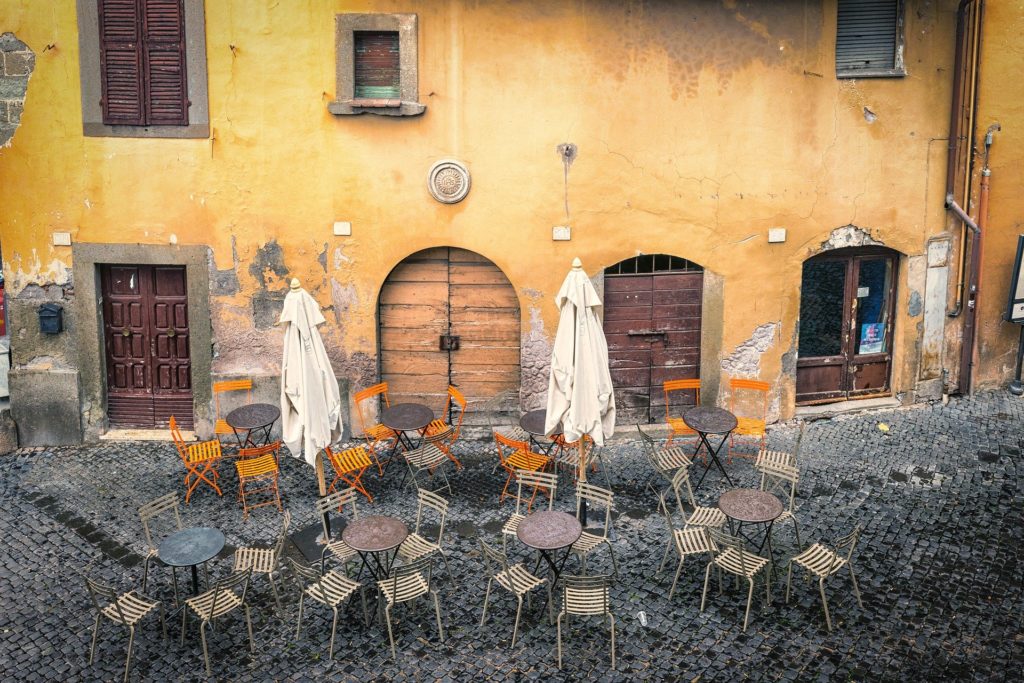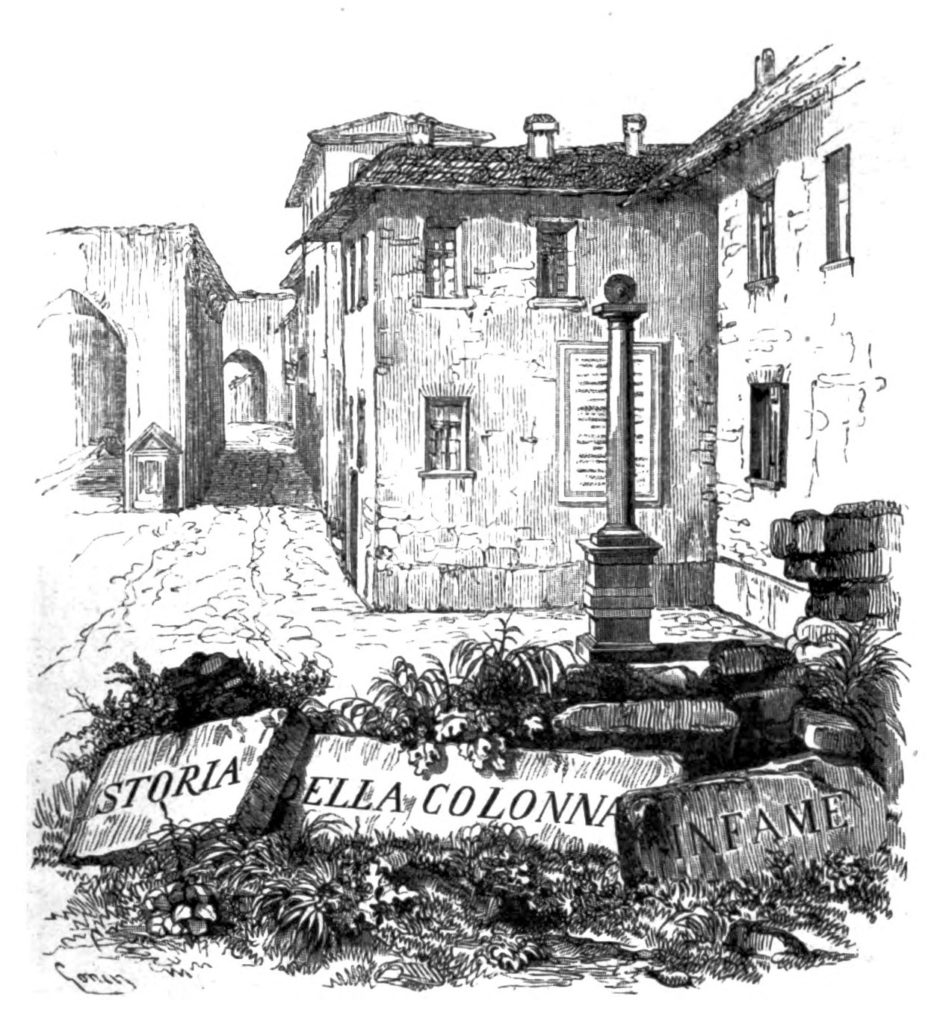
Italy’s first two cases of the coronavirus pandemic were confirmed on 30 January 2020 by the Istituto Spallanzani which specializes in infectious diseases, the first research centre in Europe in fact to isolate the genomic sequence of COVID-19. The patients were a couple of Chinese tourists, both of whom had recovered by 26 February. Just over a week earlier, on 18 February, the first case of secondary transmission was recorded at Codogno, a small town outside Milan, in the Plain of Lombardy. Over half of the deaths in Italy attributed to COVID-19 have occurred in that region, one of Italy’s wealthiest.
Italy was the first European country to go into lockdown, with some other western countries learning lessons from its experience; others not.
The experience of isolation may have led some Italians to reflect on the book they will all have read (at least parts of) in school, Alessandro Manzoni’s I promessi sposi (The Betrothed), a sweeping historical novel which has as its backdrop an epidemic in the hinterland of Milan.

Two chapters of the novel (31 and 32 for those who want to dig deeper) are dedicated to the plague year of 1630 and indeed Manzoni expanded them into an independent work, Storia della colonna infame (History of the Monument of Shame), which tells a tale of authorities slow to appreciate the size of the problem, slow to act, and then rather swifter to deflect blame.
The 1630 outbreak of bubonic plague – aka The Plague of Milan – during Lombardy’s long Spanish (Hapsburg) domination, was filtered through the religious lens of God’s punishment on the ungodly, with barefooted processions through the city streets – the antithesis of social distancing – caused the infection to spread exponentially. In all of this misery there circulated rumour and suspicion. Stories gained currency of certain ‘smearers’ (‘untori’) who, it was alleged, engaged in nocturnal smearing of deadly unguents around the city of Milan, on door handles and other surfaces to spread the contagion. The Spanish authorities, rather than displaying good sense and proper leadership, had suspects identified, rounded up, horribly tortured and publicly executed.
Manzoni’s history of the 1630 events, written over 200 years later, drew on not just on contemporary accounts and court transcripts but on a classic text of the Italian Enlightenment; Cesare Beccaria’s Dei delitti e delle pene (Of crimes and punishments), 1764. The Monument of Shame was erected in 1630 on the site of Gian Giacomo Mora’s barber shop after he had been executed along with Guglielmo Piazza as the ‘smearers’. A symbol or imperial Spanish superstition and injustice, it was removed under Austrian rule in 1778.
Thankfully there will be no physical moments of shame erected this time – but the final analysis may lead to some figurative ones.
Prior to his appointment as Dean of Arts & Sciences, and subsequently Pro Vice-Chancellor (Research) at Edge Hill University, George Talbot was Professor of Italian at the University of Hull
Main image by Peter H from Pixabay; Second image: Storia della colonna infame (History of the Monument of Shame) image by Francesco Gonin for the 1840 edition, Pubblico dominio,
